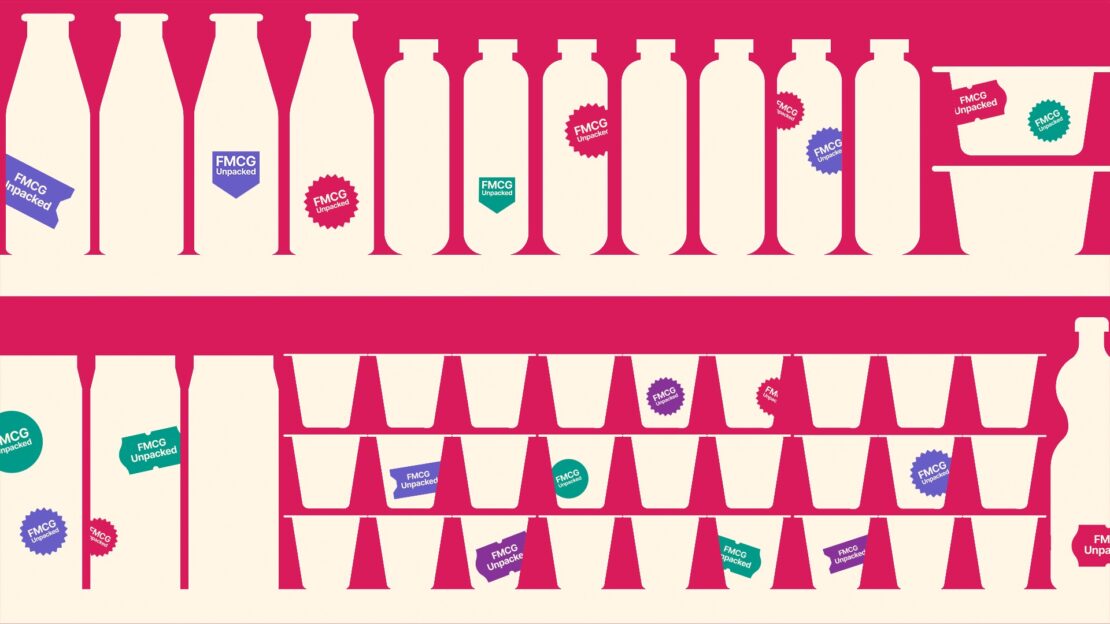3 Lessons From WARC’s Creative Effectiveness Ladder
Oktober 6th, 2023
We’ve it heard many times before, but, “measurement matters” and that’ll never change. What does change are the methods and tools available to prove your work has delivered value.
At this year’s Cannes Lions, WARC (the World Advertising Research Center) launched their new “Creative Effectiveness Ladder” rallying the industry to use this “universal language” to demonstrate the results of their campaigns.
So, as PR practitioners, what can we learn from this new measurement framework? Here’s three lessons…
#1 PR Is Valued
The Creative Effectiveness Ladder is split into six steps, the higher you go, the more commercially impactful your work is likely to be. When looking at that order, you’ll notice PR’s typical sweet spot “Brand Builder – Improve brand health” is at number 4.

Whilst this doesn’t make concepts like brand health and reputation any easier to measure, it demonstrates that these measures – however intangible they may seem – are valued above most others.
#2 Advertising still doesn’t understand PR
Interestingly, the framework recommends measuring the earned media coverage that an advertising campaign can gain. However, disappointingly, it’s stuck in the 90s, recommending just two metrics:
- Earned impressions: To which I wonder…can we at least turn this into reach, identify if that reach aligns with our target audience and analyse in the sentiment?
- Earned media value: A metric that’s been outlawed in the PR industry since 2010 and for good reason, it’s a worthless measure
I’d recommend WARC collaborates with AMEC’s Integrated Evaluation Framework, the PR industry’s finest, to bring this into line.
#3 Get “think” and “do” data
Whilst the PR metrics above are shaky, the rest are great benchmarks, going beyond “reach” to analyse what did the audience think and do as a result. Whether this is a reminder or not, those of us in the PR industry need to recognise that if we’re going to measure, we need to gather data on:
- What did the audience think?
- Assign the budget to conduct pre and post campaign audience surveys, measuring whatever’s relevant (awareness, preference, purchase intent, brand attributes etc.)
- What did the audience do?
- Get hold of the client’s own data sources to get the full picture on sales, memberships, leads converted etc.
It’s that way of thinking that currently sets advertising apart from the PR industry in general. We know our work matters, so let’s make that change.
If that’s whetted your appetite for PR measurement, make sure you sign up to AMEC’s Virtual Summit on 8th/9th July

